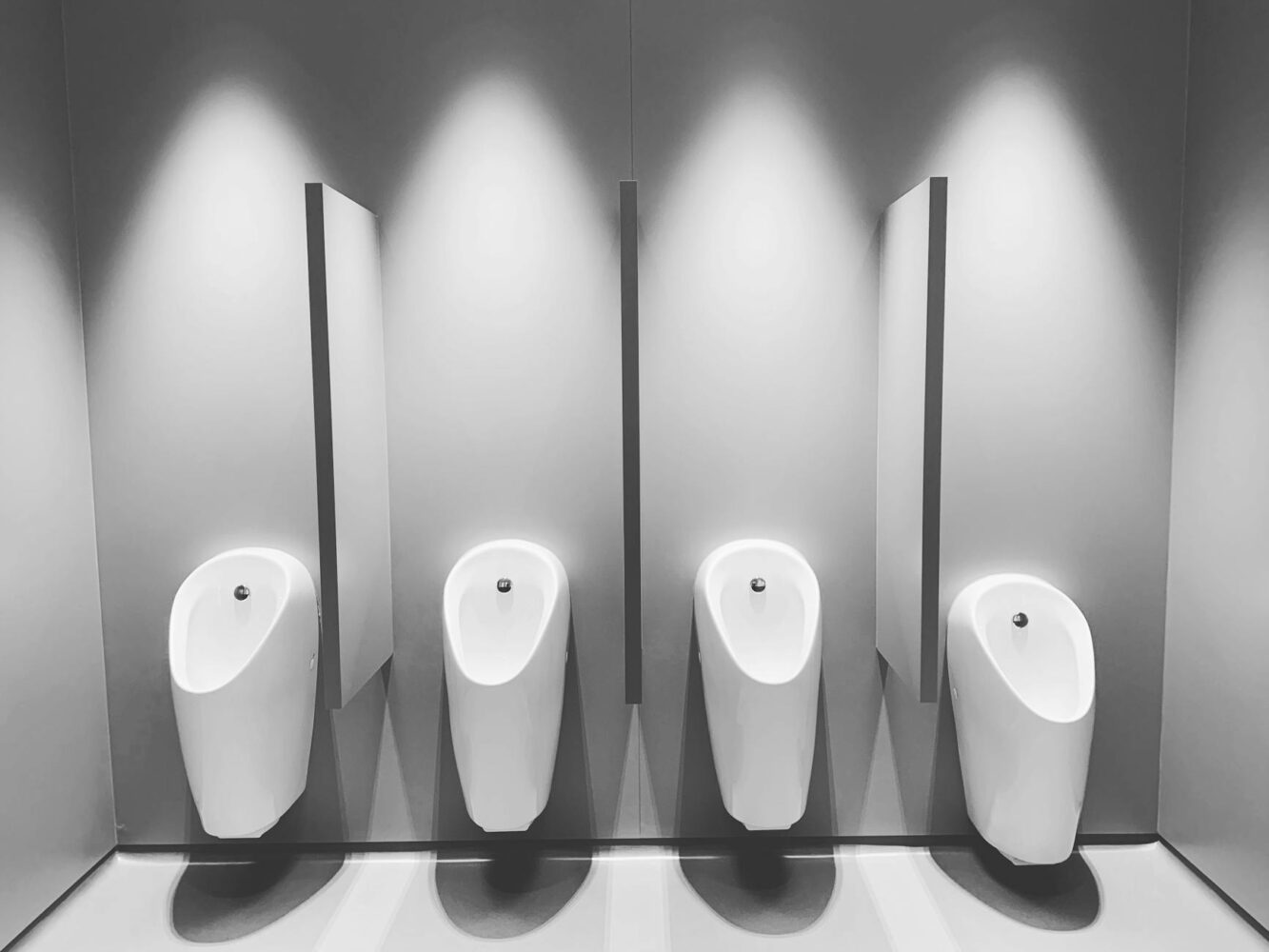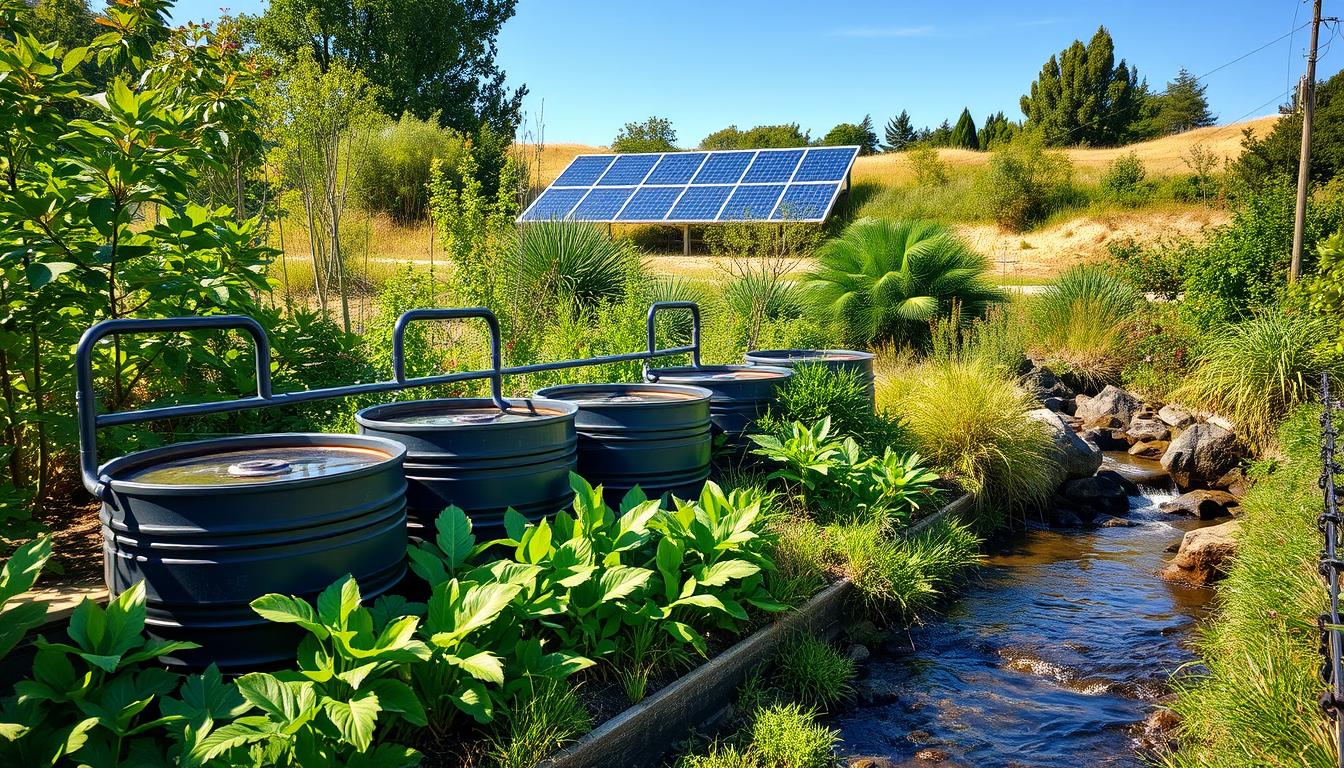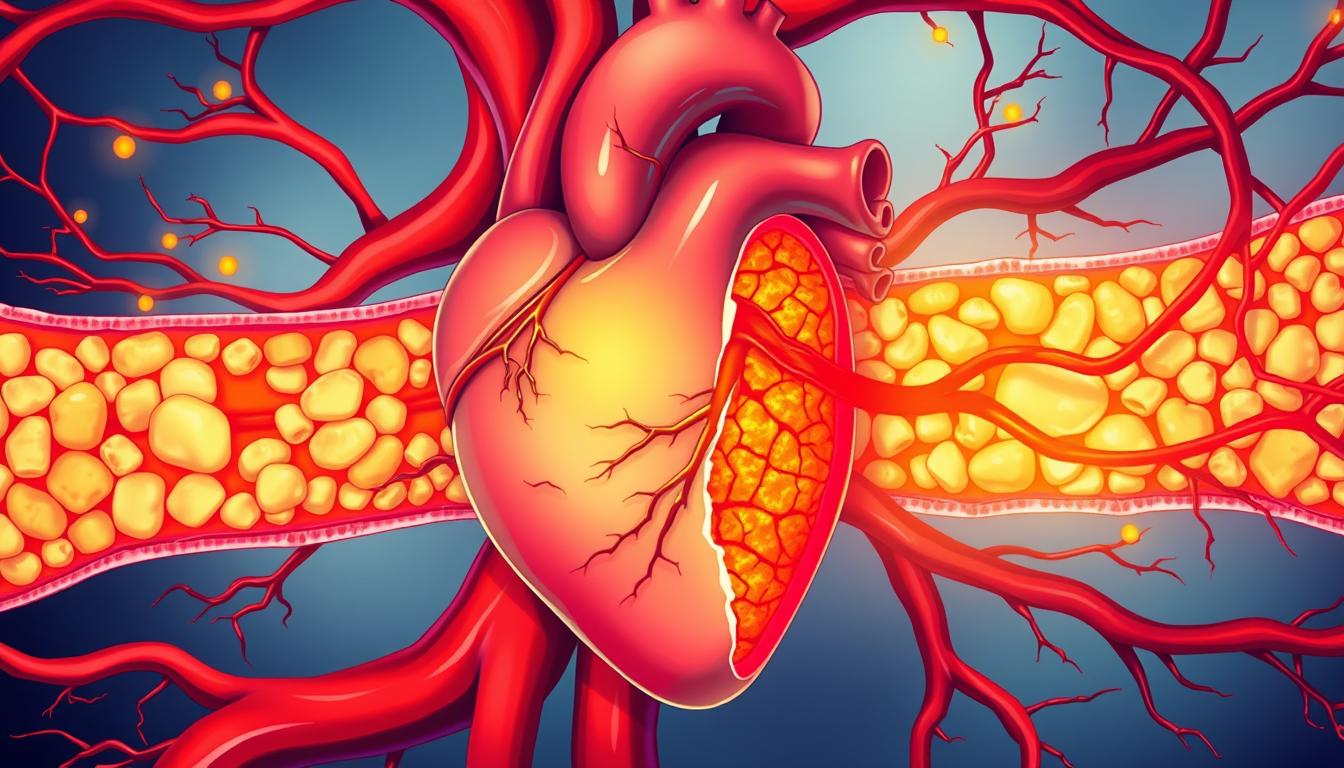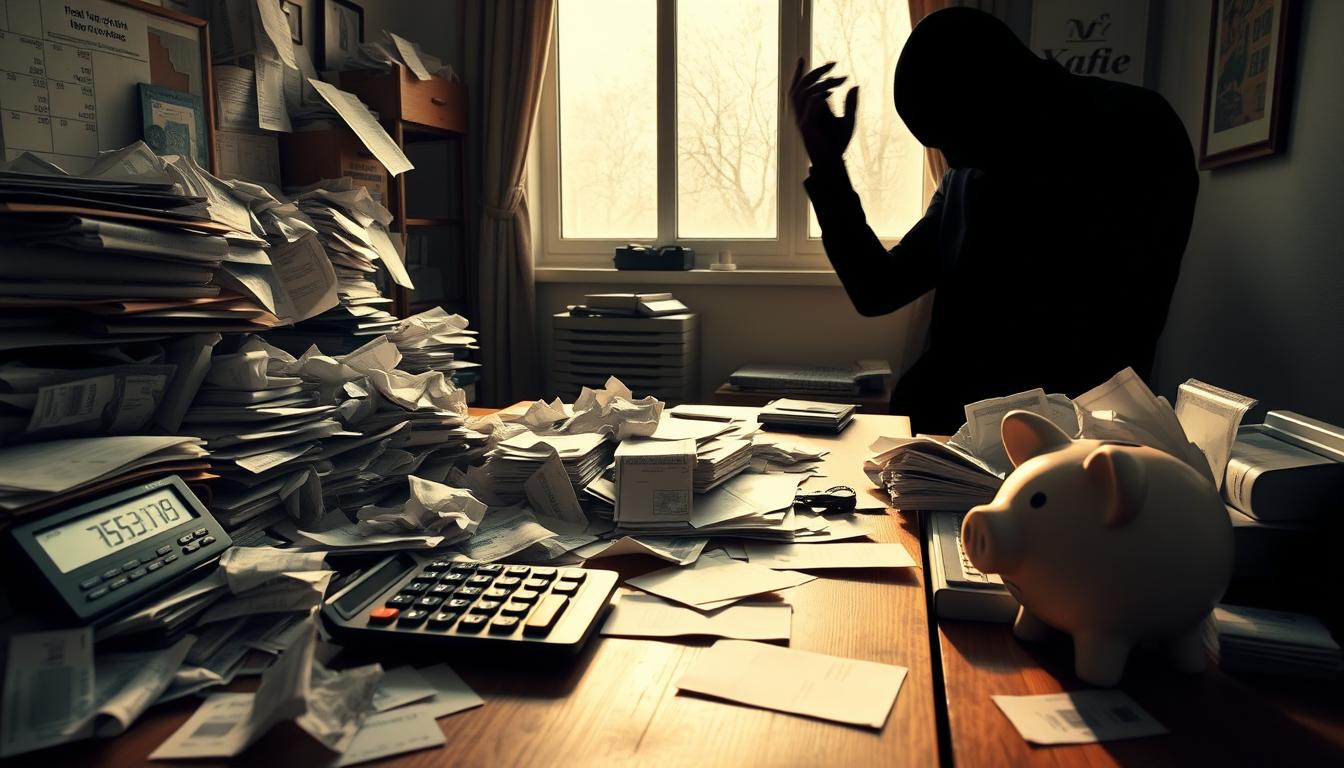Sarah stared at her laptop, the cursor blinking mockingly on her half-written report. Between Slack pings, TikTok scrolls, and a coworker’s impromptu coffee chat, her morning had vanished. Sound familiar? In today’s world of endless notifications and dopamine-triggering apps, intentional concentration feels like trying to light a candle in a hurricane.
Neuroscience reveals why this happens: our brains crave quick hits of satisfaction from distractions. But here’s the good news – research shows we can rewire this pattern. By understanding how dopamine drives motivation and pairing it with consistent habits, anyone can transform their productivity. Imagine finishing tasks without guilt, hitting deadlines early, or tackling that side project.
This isn’t about working harder – it’s about working smarter. Whether you’re battling home office temptations (looking at you, Netflix) or office interruptions, practical solutions exist. Let’s explore how to make focus your superpower.
Key Takeaways
- Modern distractions exploit our brain’s dopamine reward system
- Consistent routines create neural pathways for better concentration
- Small environmental tweaks yield big focus improvements
- Tech tools can aid – not sabotage – productivity when used intentionally
- Progress beats perfection in building sustainable habits
The Science Behind Focus and Productivity
Your brain is more than just a thinking machine. It’s a high-performance engine that affects how well you concentrate. Like a conductor in an orchestra, certain parts of your brain work together to ignore distractions and focus your mind. Let’s explore what happens when you’re truly focused.
How Your Brain Processes Concentration
The prefrontal cortex is your brain’s command center. It manages your attention like a traffic controller. This area of your brain decides what’s important by ignoring things that aren’t.
Studies show that when you’re focused, your brain waves change. These changes help your brain work together better for clear thinking.
- Three factors shape your focus capacity:
- Genetic predisposition (about 20% of your baseline)
- Daily habits like sleep quality and hydration
- Environmental triggers that signal “work mode” to your brain
The Role of Neurotransmitters in Attention
Dopamine is more than just a “feel-good” chemical. It’s what keeps you focused. Research shows that when dopamine levels are right, you can keep working better.
Norepinephrine sharpens your focus. Acetylcholine helps you remember new things when you’re deeply focused.
To naturally boost these chemicals:
- Take movement breaks every 90 minutes
- Practice mindfulness breathing before complex tasks
- Celebrate small wins to trigger dopamine release
Flow State: Your Superpower for Deep Work
Psychologist Mihaly Csikszentmihalyi found that flow state happens when you’re challenged but skilled enough. It’s like when programmers solve tough code or writers get into their creative zone.
In this state, time seems to slow down. Your brain works more efficiently, using less energy than when you’re not focused.
- Working in 90-minute sprints
- Using noise-canceling headphones
- Having a clear “start ritual” like brewing tea
Getting The Most Out of Staying Focused
Mastering focus isn’t about working harder. It’s about working smarter. We’ll look at three ways to get more done without getting tired.
Setting Clear Priorities for Maximum Impact
Start each day by picking your top 1-3 tasks. Studies show people who do this finish 23% more by noon. Here’s how:
- Write down your top tasks before checking email
- Link tasks to your long-term goals
- Check your progress at midday
One marketing manager got 40% more done using this method. As James Clear says:
“You don’t rise to the level of your goals—you fall to the level of your systems.”
The 80/20 Rule in Daily Productivity
80% of your results come from 20% of your efforts. Here’s how to use it:
- Look at what you did last week
- Find the tasks that matter most
- Do them when you have the most energy
A software developer cut work hours by 30% but kept quality up. They focused on key tasks first.
Energy Management vs Time Management
Your best work comes in 90-120 minute blocks. Track your energy for 3 days to find:
| Energy Highs | Energy Lows | Recovery Tactics |
|---|---|---|
| Deep work sessions | Administrative tasks | 10-min walk breaks |
| Creative thinking | Meetings | Hydration reminders |
Remember: Your brain isn’t made for long focus sessions. Taking breaks can make you remember things 28% better, studies say.
Common Focus Killers and How to Defeat Them
Ever scroll mindlessly or feel stuck in mental fog? You’re not alone. Modern life is full of distractions. But focused work habits can help you stay on track. Let’s beat three sneaky focus thieves and make your workspace productive.
Digital Distractions: Smartphone Solutions
Your phone isn’t bad—it’s just too tempting. Create barriers to keep you focused. Here are two effective tips:
App Blockers That Work
- Freedom: Blocks apps and websites during set times
- Forest: Grow trees by staying off your phone—make focus fun
- Focus@Will: Uses music to help you stay on task
Notification Management Strategies
Make your phone a calm space with these changes:
- Set “notification windows” (10 AM & 3 PM)
- Use grayscale mode to make apps less tempting
- Remove social media apps from work
Internal Triggers: Managing Mental Chatter
That voice telling you to check email? Silence it with the brain dump method:
- Keep a notepad next to your desk
- Write down distracting thoughts right away
- Check notes during breaks
Environmental Saboteurs in Workspaces
Your desk setup might be stressing you out. Fix these common problems:
- Lighting: Use warm white bulbs (2700K) for less eye strain
- Noise: Try brown noise playlists for a calm feel
- Clutter: Only keep today’s needs within reach
Creating Your Personalized Focus Toolkit
Focus strategies are not the same for everyone. Your productivity system should fit your work style and goals. Let’s create a toolkit that fits your unique rhythm. It will mix proven methods with smart upgrades for today’s challenges.

Time Blocking Techniques That Stick
Using calendars in a new way can be powerful. These methods help you design your day, not just schedule it:
The Pomodoro Method Reimagined
Don’t stick to the same 25-minute intervals. Try these new ways:
- Deep work sprints: 45 minutes focused + 15 minutes break
- Creative bursts: 20 minutes brainstorming + 5 minutes doodling
- Admin marathons: 90-minute blocks for tasks you do often
Theme Days for Creative Professionals
Color-code your calendar for different work modes:
| Day Color | Focus Area | Tools Used |
|---|---|---|
| Red | Client projects | Design software, timers |
| Blue | Strategic planning | Whiteboards, mind maps |
| Green | Skill development | Online courses, notebooks |
Mindfulness Practices for Immediate Calm
Find calm in under 3 minutes with these techniques:
- Box breathing: Inhale 4 counts, hold 4, exhale 4
- Five senses scan: Name things you see, hear, and feel
- Power pose: Stand tall with hands on hips for 60 seconds
Productivity Apps Worth Your Attention
These apps are top picks for time management strategies:
- Todoist: Breaks down big projects into steps
- Focus@Will: Music that helps you stay focused
- Trello: Visual tool for team projects
The best system is one you’ll use. Try different time management strategies until you find your best mix.
Designing a Distraction-Free Workspace
Your desk is more than a place for your laptop. It helps you focus. Science shows that smart design can make any space better for concentration. Let’s look at three easy ways to improve your workspace.
Ergonomics Meets Focus Optimization
Being comfortable helps you stay focused. Make sure your chair is the right height. Your feet should be flat, and your knees at 90 degrees.
Put your monitors at eye level. Use books to lift them up. This helps avoid neck pain and keeps your mind sharp.
Use a lumbar pillow if you need to. It helps your back and boosts focus by 18%. Keep your wrists straight when typing to avoid getting tired.
Lighting Choices That Boost Concentration
Natural light is best, but adjustable LED bulbs are a good alternative. Use bulbs with a 5000K color temperature for tasks that need focus. For creative work, switch to warmer bulbs (3000K).
Place lamps behind your screens to cut down on glare. Smart bulbs with blue light filters are not needed if you adjust the color temperature.
Sensory Management for Deep Work
Manage sounds with thick curtains or a $20 white noise machine. Soft textures can block out distracting sounds: try a rug or foam panels. Peppermint oil diffusers can make you more alert by 15%, says Wheeling University.
Colors matter too. Pale blue walls help you stay calm and focused. Yellow can spark creativity. Use removable wall decals if painting is not an option.
These changes make your workspace better for your body and mind. Start with one change today and see how it helps your focus.
Fueling Your Brain for Optimal Concentration
Your brain works best when you feed it well. What you eat, how you move, and when you rest affect your focus. Let’s look at ways to boost your brain power.
Focus-Enhancing Nutrition Choices
Eating for your brain isn’t about strict diets. It’s about making smart food choices. Some foods can make you more focused for hours.
Superfoods for Sustained Attention
Make sure you have these foods in your kitchen:
- Blueberries: They help your brain talk better
- Walnuts: Good for remembering things
- Dark chocolate: It helps blood flow to your brain
Hydration Hacks for Mental Clarity
Drinking enough water is key. Even a little dehydration can hurt your focus. Here are some tips:
- Drink 16oz of water before your coffee
- Make water more fun with mint or citrus
- Use a bottle to keep track of how much you drink
Exercise Routines That Sharpen Focus
Exercise is good for your body and brain. Just 20 minutes of these can help you focus:
- Brisk walking: It gets more oxygen to your brain
- Yoga flows: It connects your mind and body
- Bodyweight circuits: It makes you feel alert
Sleep Quality’s Impact on Daily Performance
Sleep helps your brain remember things and stay focused. Here are tips to sleep better:
- Go to bed and wake up at the same time every day
- Have a 60-minute break from screens before bed
- Keep your bedroom cool for better sleep
Remember, being productive isn’t just about working hard. It’s about eating right, moving, and sleeping well. These habits will help you stay focused.
Maintaining Focus in a Multitasking World
The modern workplace loves multitasking. But, science says it can make us lose up to 40% in productivity. Let’s look at ways to stay focused in our busy world.
The Myth of Multitasking Efficiency
Your brain doesn’t really multitask. It quickly switches between tasks. A University of California study showed it takes 23 minutes to get back on track after being interrupted. Here’s what that means:
- Checking emails 5x daily = 2+ hours of lost productivity
- Texting while working = 50% more errors in final output
“What we call multitasking is really task-switching with cognitive penalties”
Context Switching Recovery Strategies
Here are some ways to fight mental whiplash:
- Batching similar tasks (reply to all messages at set times)
- Using the 20-minute rule – commit to one activity for 20 uninterrupted minutes
- Creating physical reset rituals (stand-stretch-breathe sequences)
Single-Tasking for Complex Projects
Google engineers use monotasking for big projects. When they made Gmail’s spam filter, single-tasking teams finished 50% faster than multitasking ones. Try these steps:
- Schedule 90-minute focus blocks
- Use app blockers during deep work sessions
- Track completion times to see actual savings
By using these tips, you can make your workdays more productive and focused.
Tracking Progress and Celebrating Small Wins
What gets measured gets better. But celebrating keeps you going. Tracking your focus journey shows you how hard work pays off. Let’s see how to measure what’s important and use it to stay productive.
![]()
Effective Productivity Metrics to Monitor
Not all metrics are the same. Focus on three key areas:
- Deep work hours: Track uninterrupted focus blocks
- Priority completion rate: Measure high-impact task completion
- Distraction recovery time: Clock how quickly you refocus after interruptions
The Power of Visual Progress Tracking
Our brains like visual data 60% more than text. Try these methods:
- Color-coded weekly calendars showing focus zones
- Progress bar apps for long-term projects
- Physical milestone markers in your workspace
Reward Systems That Reinforce Focus
Strategic celebrations make you want to be productive. Match rewards to what you achieve:
| Milestone | Reward Type | Benefit |
|---|---|---|
| 3 completed focus sessions | Micro-break (15min walk) | Physical reset |
| Weekly goal achieved | Experience (movie night) | Emotional payoff |
| Month-long consistency | Skill-building reward (new book) | Growth incentive |
Remember, perfection is not the goal. As productivity expert Mark Twain said, “The secret of getting ahead is getting started.” Celebrate every step. Your brain will be happy.
Conclusion
Building better focus changes how you work and live. It mixes science with daily practice. Your brain gets stronger at focusing, just like your body does with exercise.
Start by knowing how you focus best. Use apps like Freedom or Focus@Will to block distractions. Make your workspace great with BenQ ScreenBar lighting and eat foods rich in omega-3.
Focus also means being flexible. Some days, use Be Focused timer for sprints. Other days, dive deep into your work. Use Apple Watch reminders or Calm exercises to clear your mind.
Success comes from mixing these tips. Check your to-do list each morning. Use Whoop strap to check your energy midday. End your day by writing down three things you did well.
Are you ready to improve? Go back to section five for more ideas. Or check out section nine for tracking your progress. Share your success on LinkedIn with #ProductivityJourney. Your next big moment is waiting for you.













